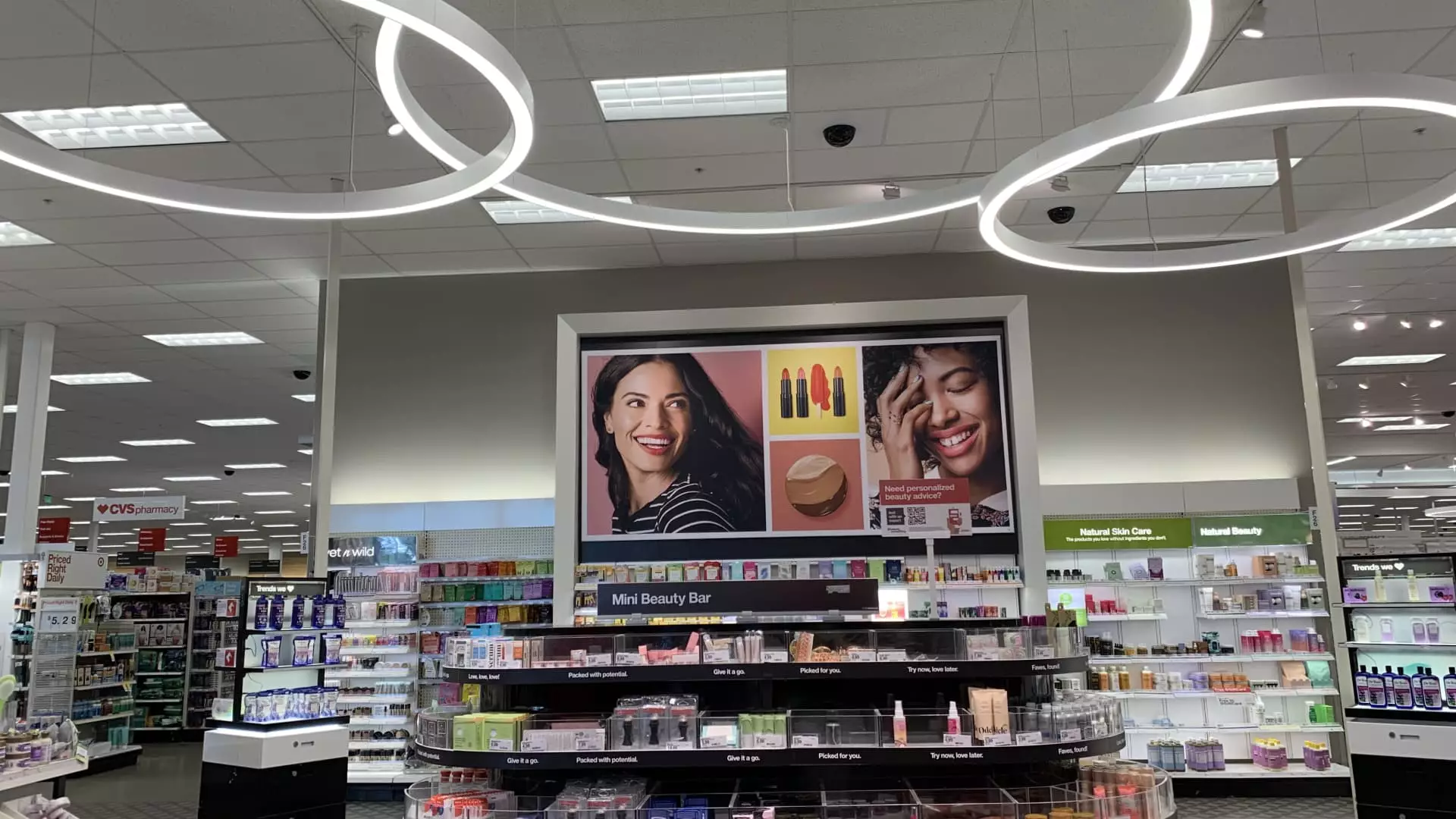Target’s decision to sever its collaboration with Ulta Beauty marks a significant turning point in the retailer’s ongoing struggle to redefine itself in a highly competitive market. Once heralded as a forward-thinking move, this partnership promised to inject a level of sophistication and credibility into Target’s beauty offerings, attracting a broader demographic and revitalizing foot traffic. Instead, it became an illustrative case of misjudged execution and overambition, culminating in a retreat that underscores the deeper struggles plaguing the retail giant. The move suggests that Target’s attempt to leverage Ulta’s beauty prowess—integrated into its physical and online spaces—failed to produce lasting consumer engagement. The partnership, which strategically placed over 600 Ulta shop-in-shops in nearly a third of Target’s stores, was supposed to be a win-win scenario. But it laid bare the fragility of such alliances in a retail environment increasingly dominated by e-commerce and shifting consumer preferences. The closure of these shops signals not only a missed opportunity but also a sobering realization of the limits of superficial expansion strategies.’,
Operational Chaos and Retailer Reality Check
Behind the scenes, Target’s internal struggles have cast long shadows over this decision. The company’s ongoing headaches—ranging from operational inefficiencies to rising theft and staffing woes—are emblematic of broader systemic issues. These challenges are not simply superficial obstacles but fundamental flaws that hinder Target’s ability to create a seamless, inviting shopping experience. The messy in-store operations and the mounting retail crime necessarily led to a reevaluation of how much value Ulta’s beauty shops could sustainably deliver. Critics argue that Target’s internal decline, rather than the partnership’s failure alone, was the primary catalyst for its demise. This points to a larger narrative: a retailer that once thrived on innovation and agility now appears bogged down by structural inefficiencies. The decision to eliminate nearly a third of its stores’ Ulta shops indicates a retreat from high-growth ambitions and highlights a fundamental shift in corporate priorities—away from expansion and toward stabilization amidst a challenging retail environment.’,
The Strategic Errors and the Future Outlook
Target’s leadership, particularly CEO Brian Cornell, once seemed optimistic about the potential of beauty as a core growth driver. Their emphasis on beauty products as a way to engage younger consumers and increase store visits now appears misplaced, especially given the decline of Target’s stock value and flat sales over multiple years. The failure of this Ulta partnership exposes a critical over-reliance on short-term hype rather than sustainable growth strategies. It also reveals the hubris of assuming that brand collaborations alone could solve underlying operational issues. As the company prepares for leadership turnover, analysts speculate that the next CEO will need to confront these deep-rooted problems head-on—restructuring the retail operation fundamentally rather than throwing more money into trendy partnerships. Moreover, Ulta’s confident assertions about the future—focused on their broad assortment, expert services, and continued innovation—may be overly optimistic in the face of mounting retail headwinds. The end of this partnership underscores a sobering truth: in retail, superficial collaborations cannot mask stagnation and mismanagement.’,
The Broader Cultural and Consumer Implications
This episode serves as a cautionary tale about the perils of prioritizing shiny new partnerships over core business health. Consumers are increasingly discerning, valuing authenticity, consistency, and convenience—elements that Target’s recent setbacks suggest it has yet to master fully. The temporary allure of combining beauty prestige with budget-friendly retail proved to be a mirage. For supporters of centrism in politics and business, this clearly illustrates the importance of pragmatic, balanced decision-making grounded in operational realities rather than aspirational branding. Target’s attempt to reinvent itself through high-profile collaborations was ambitious but ultimately misguided, illustrating that superficial efforts to court innovation can backfire when the fundamental management infrastructure is weak. Going forward, the focus should shift from chasing fleeting trends to prioritizing internal stability, customer trust, and genuine differentiation—an approach that aligns with a centrist, pragmatic worldview that values sustainable progress over dramatic hype.

